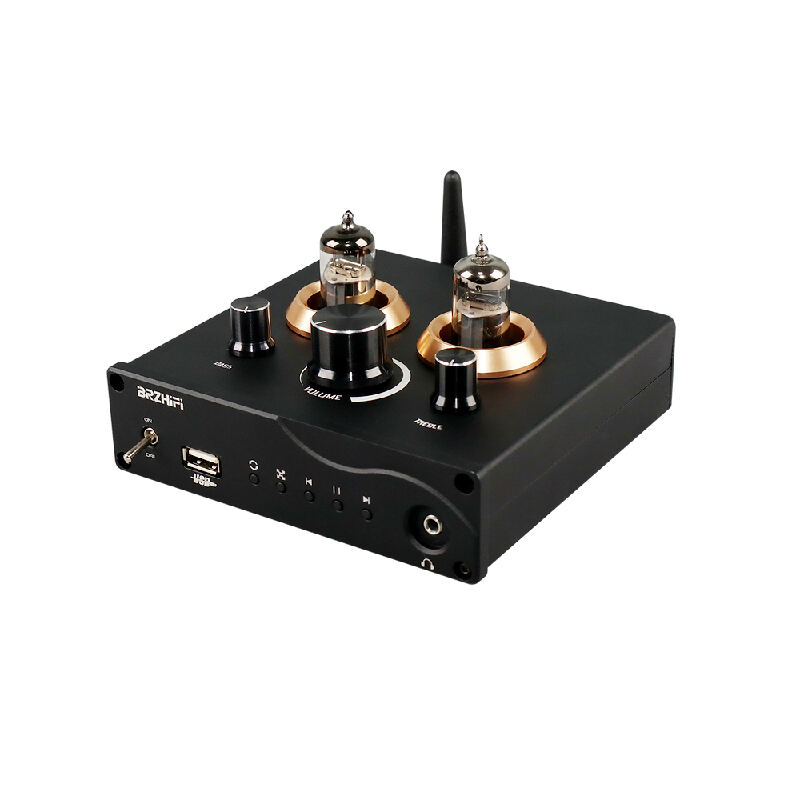
Modernit viihdejärjestelmät vaativat kehittynyttä teknologiaa, joka yhdistää ääni- ja visuaalikomponentit saumattomasti tarjotakseen erinomaisen suorituskyvyn. Älykkäät soitintyypit ovat muuttaneet tapaamme kokea monimediaa sisältöä edistyneiden p...
Näytä lisää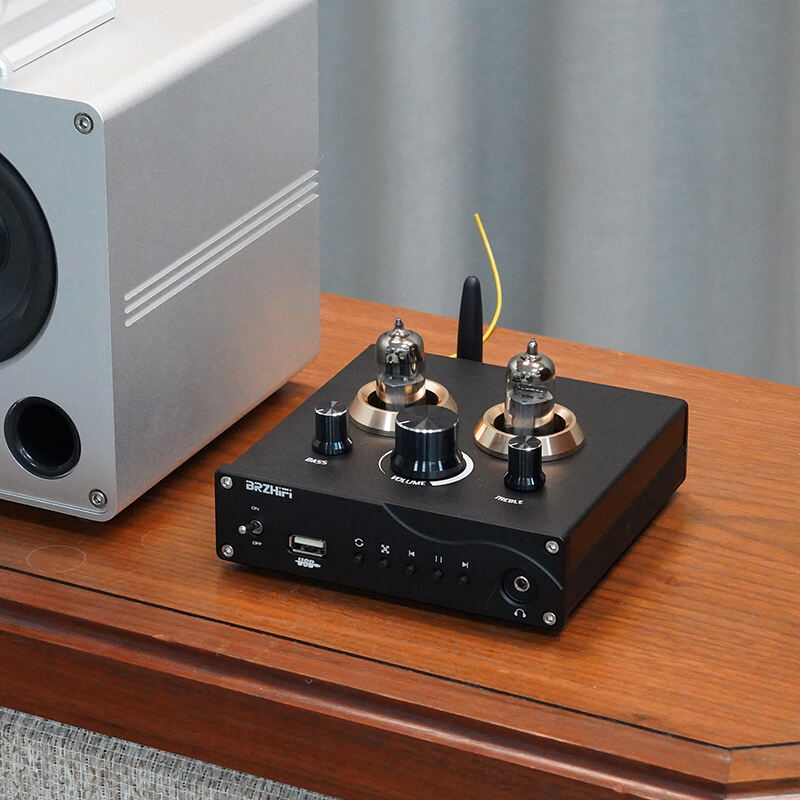
Modernit kotiviihdejärjestelmät vaativat korkealaatuista äänen toistoa, joka pystyy muuntamaan minkä tahansa oleskelutilan upottavaksi ääniympäristöksi. Premium-digitaalisoitin toimii erinomaisten äänikokemusten kulmakivenä, tarjoaen kiteytynyt...
Näytä lisää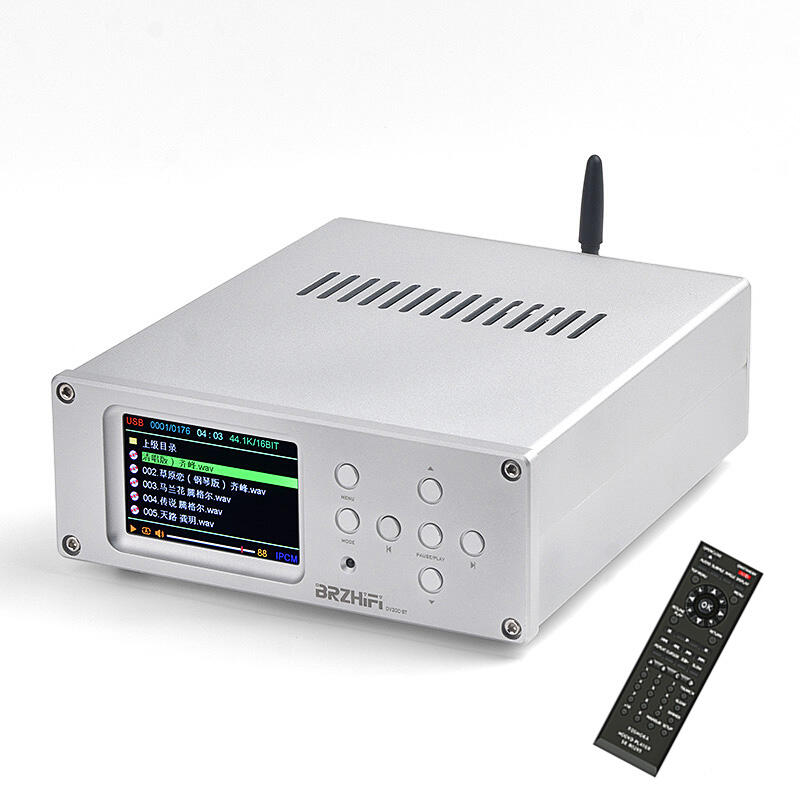
Modernit kotiviihdejärjestelmät ovat kehittyneet huomattavasti viimeisen vuosikymmenen aikana, ja uusimmat ääni- ja videoteknologiat ovat muuttaneet tapaamme kokea mediaa oleskelutiloissamme. Nämä kehittyneet järjestelmät perustuvat digitaaliseen am...
Näytä lisää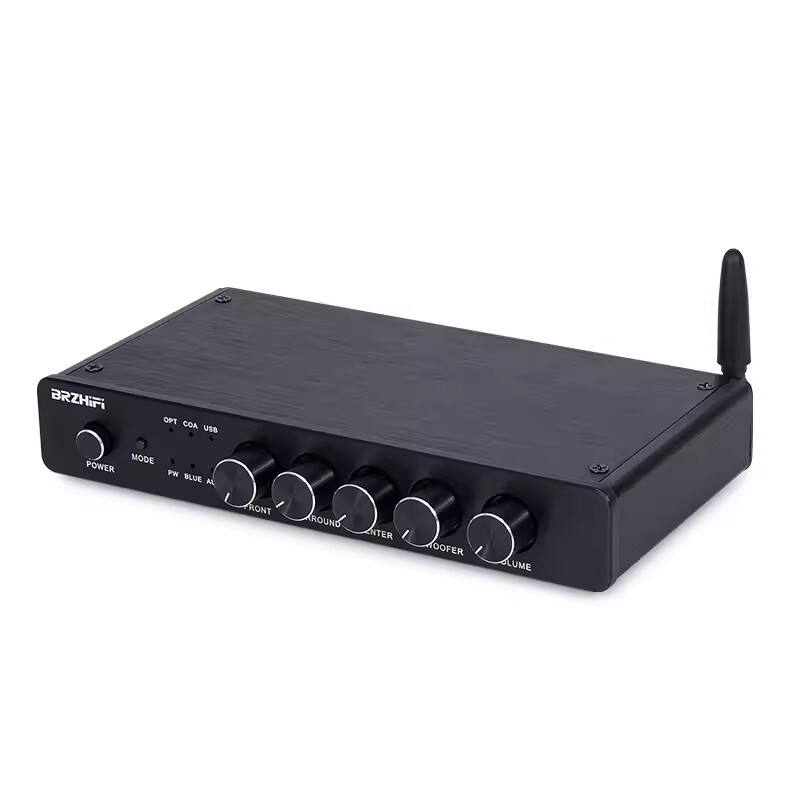
Elokuvan taikuus ulottuu kaikkia näyttäviä visuaalisia elementtejä pidemmälle ja sisältää monimutkaisen äänimaailman, joka muuttaa tavalliset oleskelutilat viehättäviksi viihteen keskuksiksi. Surround-kaiuttimet luo syväpiirteisen äänimaailman...
Näytä lisää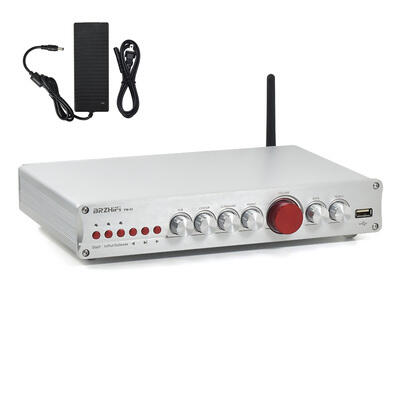
Erinomaisen viihtyisän kodin kokemukseen luominen edellyttää huolellista komponenttien harkintaa, joista kotiteatterijärjestelmä koostuu. Keskimääräisen järjestelyn ja todella upean kotiteatterijärjestelmän ero on laadussa, joka liittyy siihen...
Näytä lisää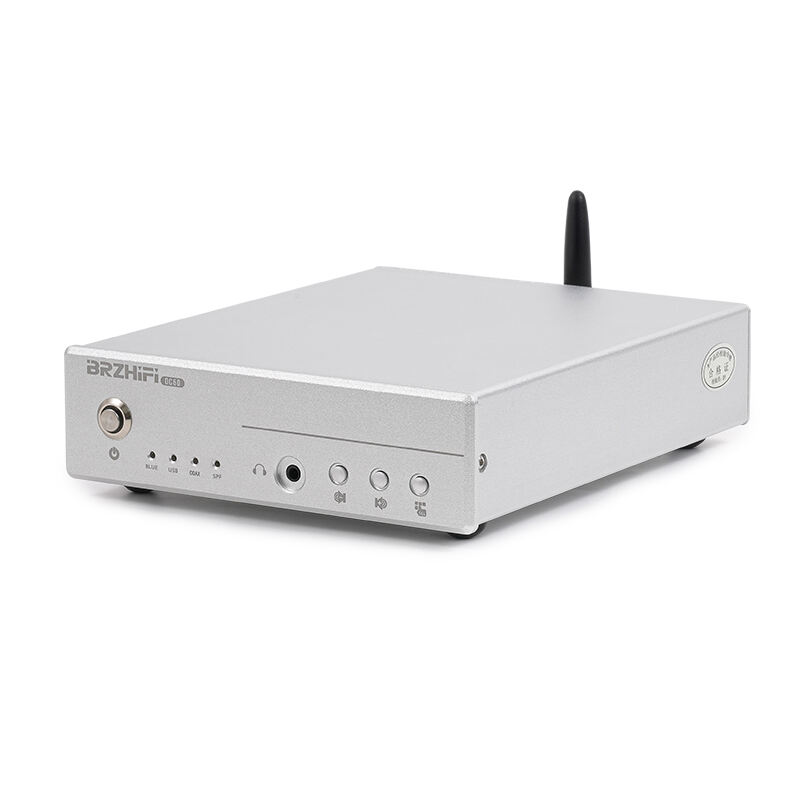
Paranomaisen äänilaadun saavuttaminen vahvistamalla Korkealaatuisten äänijärjestelmien maailma tarjoaa musiikin nauttijalle rajattomia mahdollisuuksia täydelliseen kuuntelukokemukseen. Tämän tavoitteen keskiössä on ratkaiseva, mutta usein sivuutettu komponentti...
Näytä lisää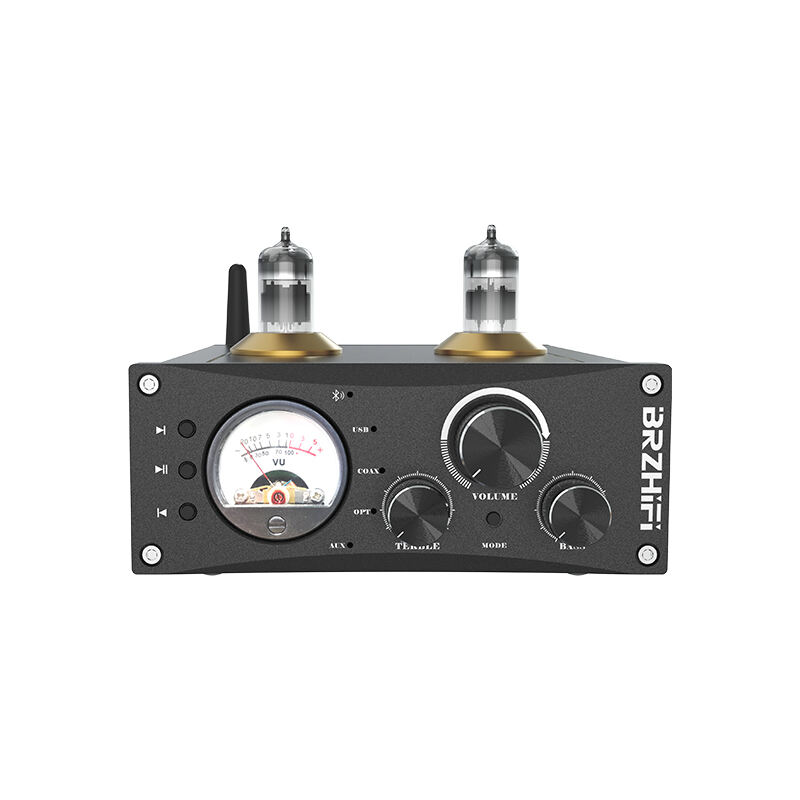
Äänenvahvistusteknologian kehityksen ymmärtäminen Äänenvahvistuksen maailmassa on tapahtunut merkittäviä edistysaskelia vuosikymmenten varrella, ja se on muuttanut sitä, miten koemme ääntä kodeissamme, studioissa ja konserttisaleissa. Vahvistimet toimivat keskeisessä roolissa...
Näytä lisää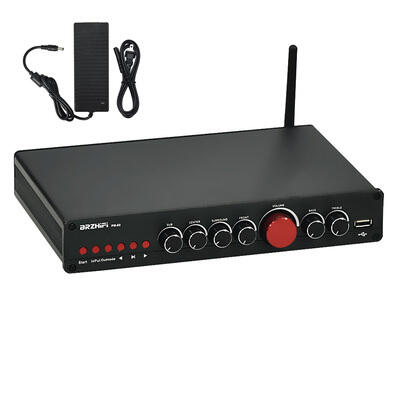
Äänentoiston huippuluokan kehitys digitaalisessa aikakaudessa Äänenvahvistuksen alalla on tapahtunut viime vuosikymmeninä merkittävä muutos. Tekniikan edetessä digitaaliset vahvistinjärjestelmät ovat nousseet modernin äänentoiston perustaksi...
Näytä lisää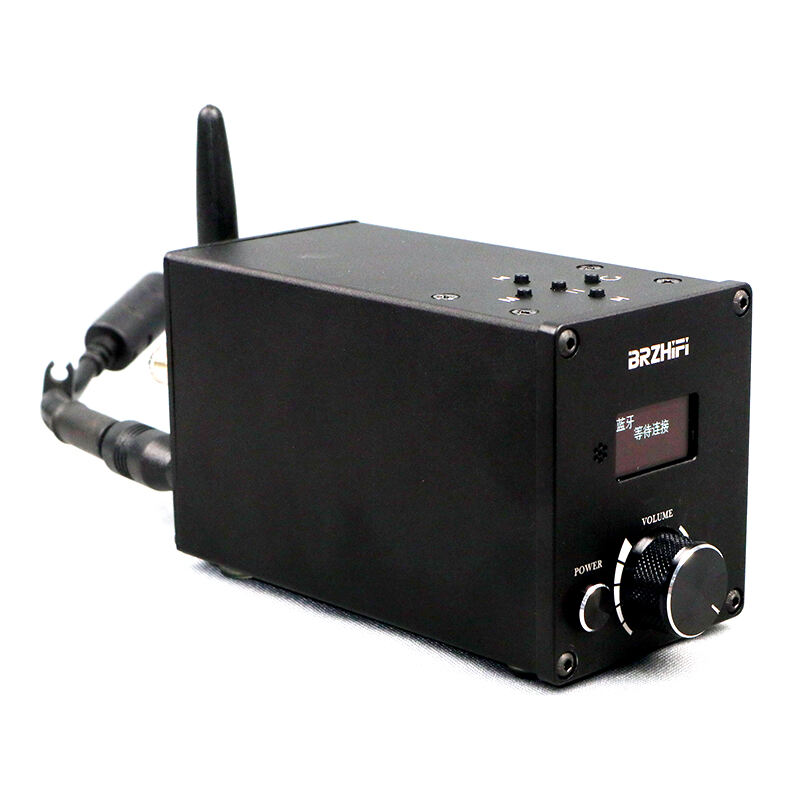
Äänitekniikan kehitys digiaikana. Äänimaailma on käynyt läpi merkittävän muutoksen digitaalisten vahvinten myötä. Nämä innovatiiviset laitteet ovat mullistaneet tapamme kokea ääntä, tarjoten aiemmin saavuttamattomia tasoja...
Näytä lisää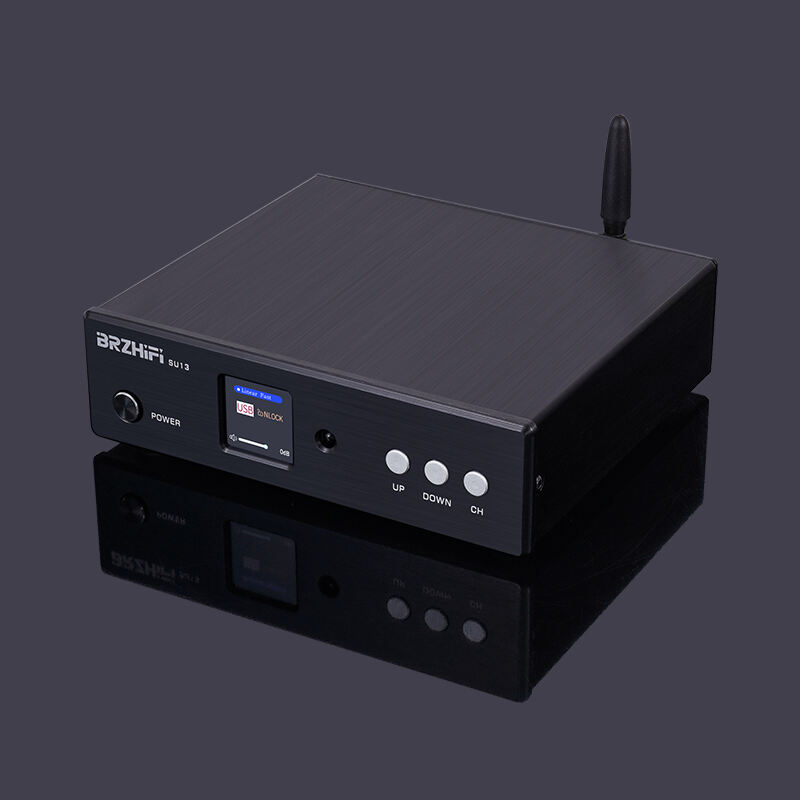
Ymmärtämässä premium-ääniparannuksen taikaa. Korkean fideliteetin äänimaailmassa jokainen pieni sävy on tärkeä, ja kuulokkeiden vahvintimella on keskeinen rooli erinomaisen kuuntelukokemuksen tarjoamisessa. Nämä kehittyneet...
Näytä lisää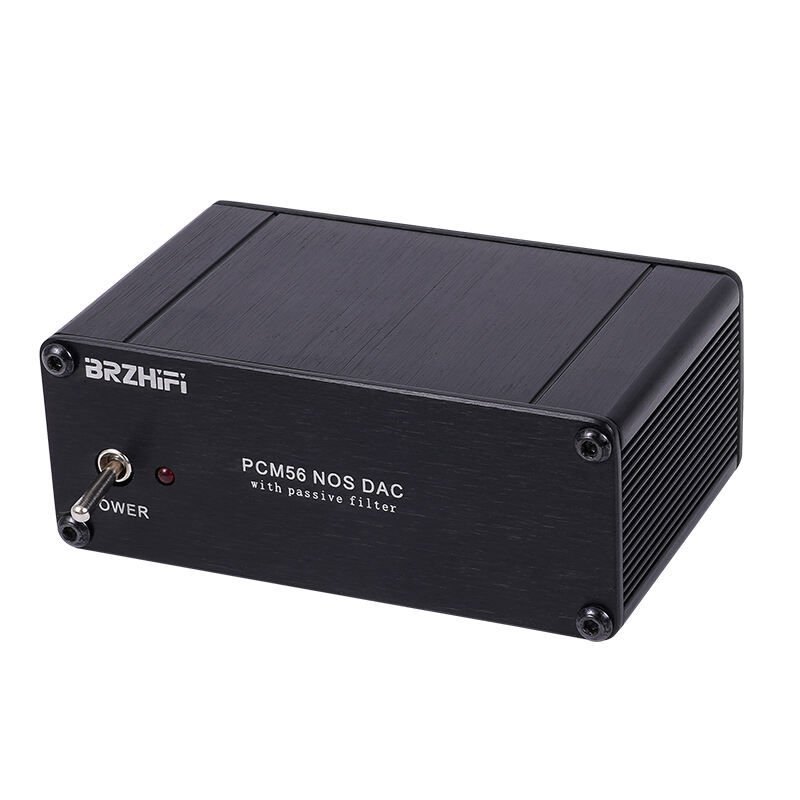
Digitaalisen signaalinkäsittelyn komponenttien ymmärtäminen Digitaalelektroniikan ja signaalinkäsittelyn maailmassa dekooderit ja digitaali-analogiamuuntimet (D/A-muunnin) täyttävät keskeisiä, mutta erillisiä tehtäviä. Vaikka molemmat komponentit käsittelevät digitaalisia signaaleja, niiden tarkoitus...
Näytä lisää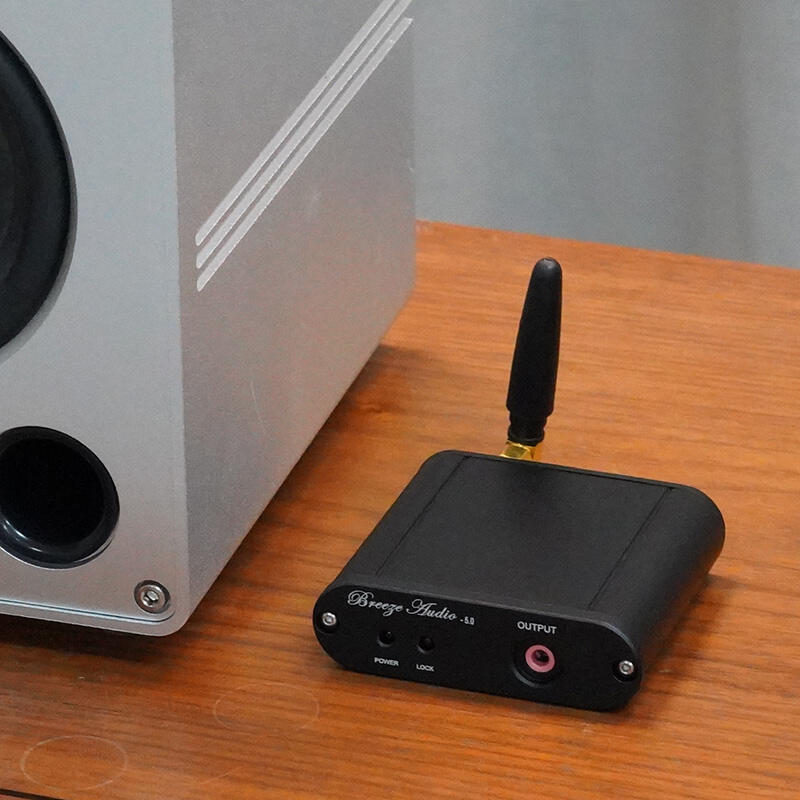
Digitaalisen äänenkäsittelyn vallankumouksellisen vaikutuksen ymmärtäminen Ääniteknologian maailma on muuttunut äänidekooderien ansiosta, kehittyneiden digitaalisten komponenttien ansiosta, jotka muuntavat pakatun äänidata selkeäksi ääneksi. Nämä olennaiset tekniikat...
Näytä lisää